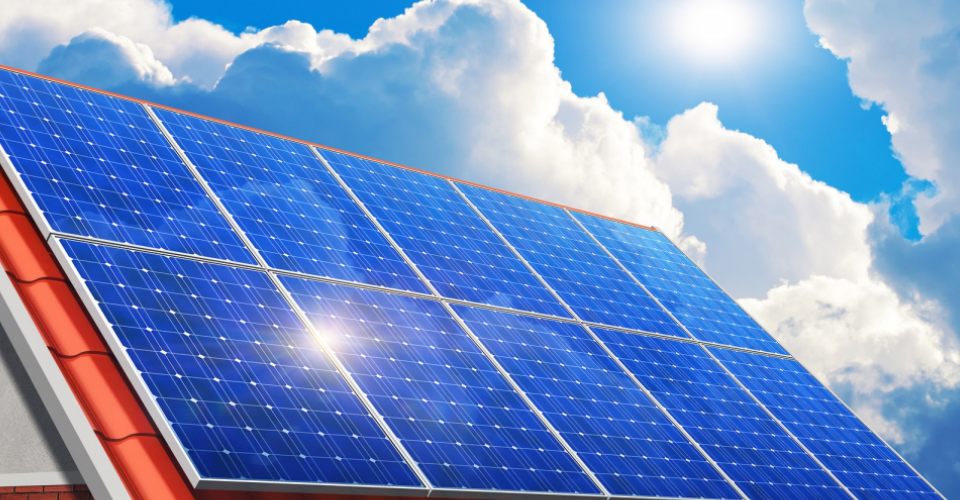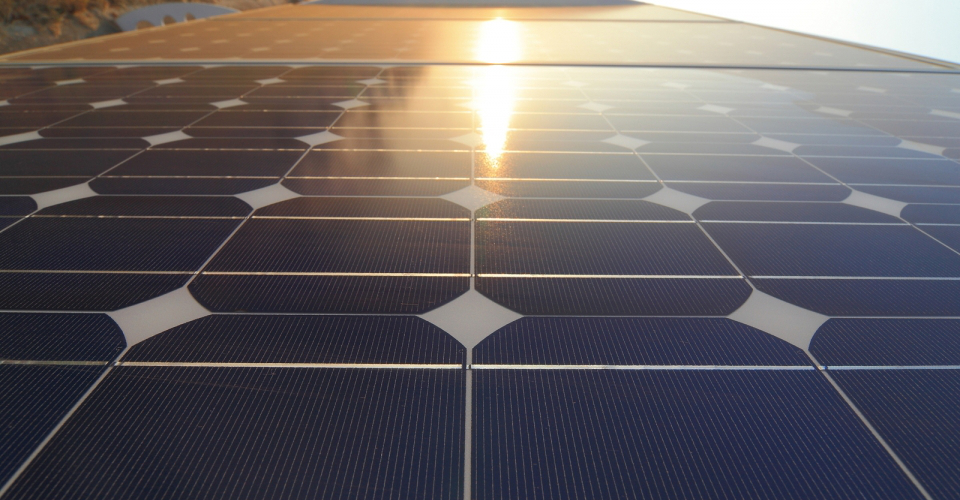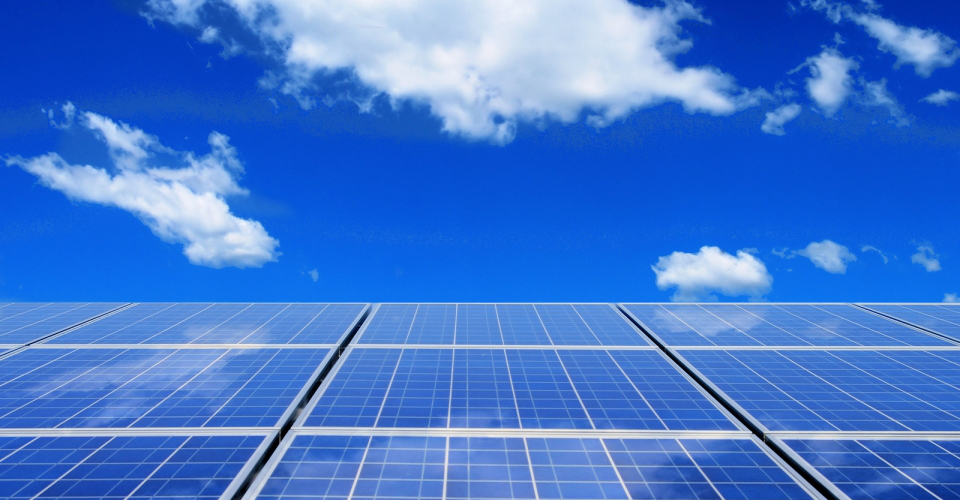Crystalline silicon (c-Si) also known as solar grade silicon, is by far the most prevalent bulk material for solar cells. It’s estimated that 80-85% of all solar panels produced today are derived from crystalline silicon. Crystalline silicon comes in two forms…ultra pure Monocrystalline with higher efficiency & cost , and Multicrystalline with a lower cost and lower efficiency rating, the (c-Si family) has an efficiency rating of 14-20%.
Thin Film panels do provide a reduction in the amount of silicon required, however two panes of glass are needed, increasing the weight of each panel dramatically. Thin films overall panel efficiency drops by 2-3% compared to c-Si panel technology. Cadmium telluride (CdTe), copper indium gallium selenide (CIGS) & amoprphous silicon (a-Si) are three thin film products. CdTe technology cost per watt is roughly 25% less than CIGS & 35% less than a-Si.
These cells currently hold the world record with up to 24 % cell conversion efficiency, and that’s why SunPower delivers up to 50% more energy than conventional panels. Design features of these slick black panels include premium silicon, a patented revolutionary all back contact area, no metal gridlines on the surface to block incoming sun light, backside mirror to reflect light back into the cell, and their wider metal contacts conduct more electrical current.
The average solar hot water system can reduce your electric portion of your energy bill up to 20%. These systems can supply up to 70% of your hot water needs. Solar hot water systems work in conjunction with the hot water system you have today. A flat plate solar collector is mounted on your roof, and a separate tank is also required. The Federal investment tax code (ITC) provides a 30% tax credit for new solar hot water system installs, and this credit remains in effect thru Dec 31, 2016. State tax credits may apply as well.
The inverter converts the DC (Direct Current) created by your solar panels, and turns it into AC (Alternating Current) that can then power your home electronics like your refrigerator, lights, A/C unit etc. Some newer model inverters have features allowing remote monitoring and communication options. Be sure to consider….product failure rates which can average 3-5% or higher, the DC-AC peak efficiency %, warranty terms (normally 5 or 10 years) longer warranty terms may be available for purchase, indoor or outdoor installation, and written contract info highlighting cost to replace, down time term, liability etc.
Mounting Systems are an integral part of a solar panel installation. Be sure your national installer and contractor uses aluminum frames with a corrosion resistant finish, along with stainless steel screws and hardware. Be sure your mounting system has the capability to allow panels to tilt for maximum efficiency, and that leveling components are included, as most roofs are not completely flat. Most national manufacturers offer a 20 year warranty.
Micro Inverters are plugged into each solar panel, and can run independently if needed creating higher power generation. Micro Inverters are ideal where partial shade may effect a portion of your solar power system. Each micro inverter runs on AC wiring, thus reducing the injury risk of wiring with high voltage DC. Enphase Energy one of the largest suppliers of micro inverters offers a 25 year warranty!!







